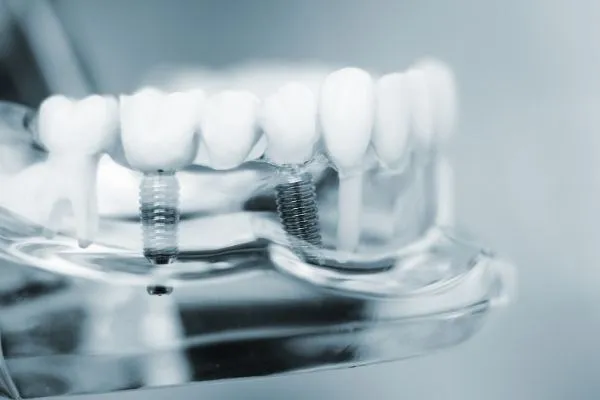Dental implants have become an increasingly common way of treatment because they can predictably have a definable functional and aesthetic outcome that is similar to the features of normal dentition. However, some of the major issues with regard to implants, and those that have been raised in the literature and experienced in practice, are techniques of implant placement, timing of placement, differences in survival, and type of design, among other clinical concerns.
You can have a dental implant fit immediately or delayed, and both options have benefits and drawbacks. Knowing these options will help you make an informed decision. Moreover, an implant dentist in Walnut Creek is specialized and knows which might suit you best.
Dental Implant Placement Right Away
In this method, the dental implant is immediately put in the socket after extraction of the tooth.
Benefits:
- Fewer surgical procedures: The implant requires less operation because it is inserted in the same visit as the extraction of the tooth.
- Reduced treatment time: By eliminating this three- to six-month waiting period between placing the implant and extracting the tooth, this procedure could help you get through treatment overall a bit faster.
- Preservation of bone: Immediate placement after extraction may help preserve the integrity of the bone and minimize bone loss that can occur.
Taking into account:
- Case complexity: Not all sites are ready for immediate implantation. Infection and the quality of the bone are among the factors that can affect the level of suitability.
- Healing and success rates: Based on the state of the site before implantation, the immediate implant may be a bit more difficult or experience implant failure compared to the delayed type of the same.
Delayed Dental Implant Placement

This technique delays the placement of the implant by some time, usually several months, after extraction of the tooth. The waiting period helps in the healing process of the extraction site and the generation of bone.
Benefits:
- Better bone integration: More security at the implant base will occur with complete healing of the bone, and the long-term results may be improved.
- Reduced risk of infection: This will help in reducing any complications by giving the infection time to clear up and the area to heal properly.
- More treatment options: Longer time allows more care to be administered, ensuring that the site is ready for the implant, including bone grafting if necessary.
Taking into account:
- Longer treatment time: This technique requires a longer total time for treatment as the implant has to be placed after healing of the site.
- Bone loss: There will be a bit of bone loss during the healing process that should be attended to by following operations.
Selecting the Appropriate Strategy
The decision to place implants immediately or later will depend on a lot of factors, including:
- Extraction site condition: Your dentist will check the general health of the site and the state of the bone.
- Your dental health: It could be affected by the condition of your teeth in general, the presence of infections, or any other issues.
- Your schedule and personal preferences: Consider how fast you would prefer to have the whole process over and done with and how well you can cope with probably taking some extra healing time off work.
Conclusion
One needs to talk with the help of an experienced Walnut Creek dentist who could, on the face of it, look at your case and recommend the right kind of treatment. They will, hence, provide you with specific advice depending on your overall treatment goals, the condition of the extraction site, and your dental health.
Evidence reported suggests that in patients who have an implant placed immediately following tooth extraction, there are significant differences in implant survival compared with patients where the implant placement is delayed, 2-4 months following extraction, with some studies suggesting that this difference can be as high as 10%.




